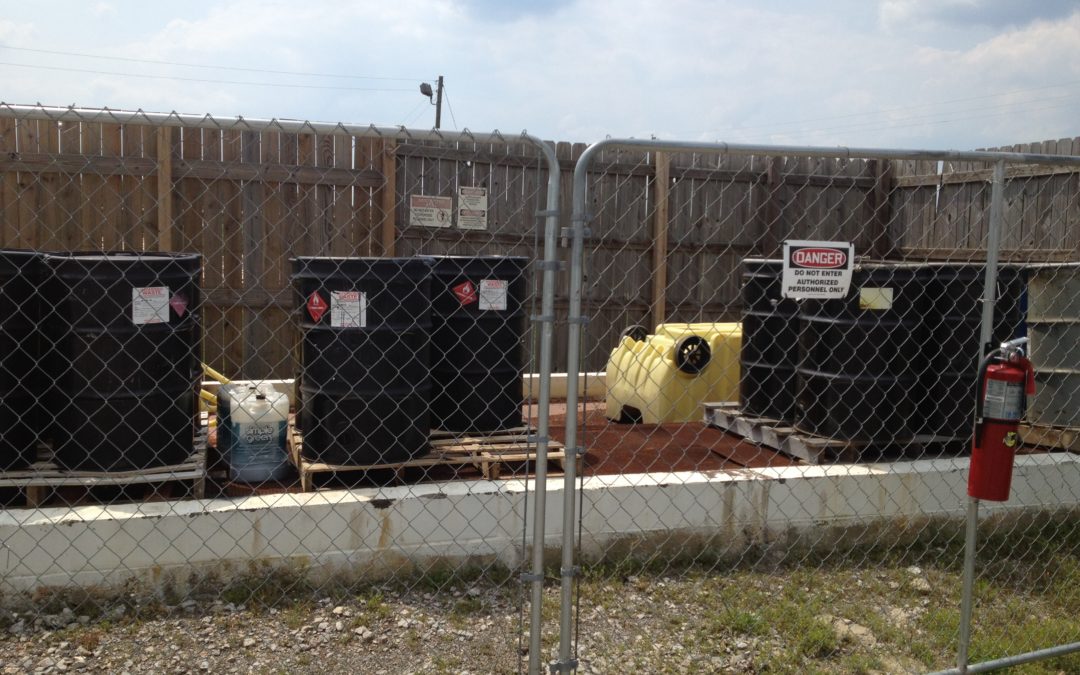EPA finalized a rule that revises the hazardous waste generator regulations by making them easier to understand and providing greater flexibility in how hazardous waste is currently managed. Specific safety standards have been added to the EPA RCRA Generator requirements for compliance. These new rules were added to assure community safety around sites that generate hazardous waste. In addition, Generators are required to communicate the risks associated with handling hazardous waste to the applicable emergency responders.
Background:
The RCRA regulations were originally finalized and implemented in 1980. EPA utilized 4 plus decades of experience with regulatory interpretations, experiences with generators, and exceptions to the original regulations to establish the current changes. In 2015, proposed changes were vigorously reviewed and commented on by multiple commercial, educational institutions, utilities and industrial sectors. These new rules and modified standards have addressed:
- unclear language;
- gaps in compliance language;
- duplicative rules; and
- inconsistent verbiage
Summary of Significant Revisions:
There are over 60 revisions in the generator regulations including the following categories:
- Re-written existing requirements to provide clarity;
- The establishment of more realistic generator requirements that allow for flexibility in the waste management;
- An increase in environmental protection considerations;
- The reorganization of regulations to make them easier to follow; and
- Technical corrections in the last grouping.
Learn more about these changes at EPA’s website.
Are you in compliance with the new federal hazardous waste generator requirements? Contact Spencer-SHE to assist in the assessment and development of your hazardous waste disposal practices. As experts in this area, the team at Spencer-SHE can provide you with the needed compliance guidance to assure your program is dependable. To learn more about Spencer-SHE, click here to visit Our Services page.

